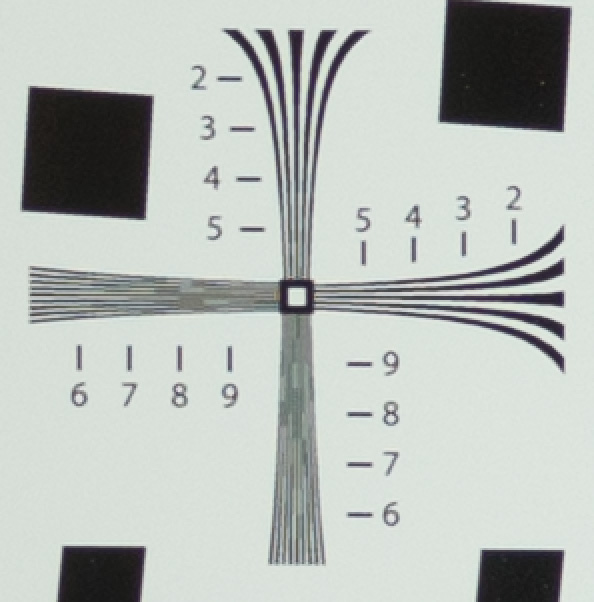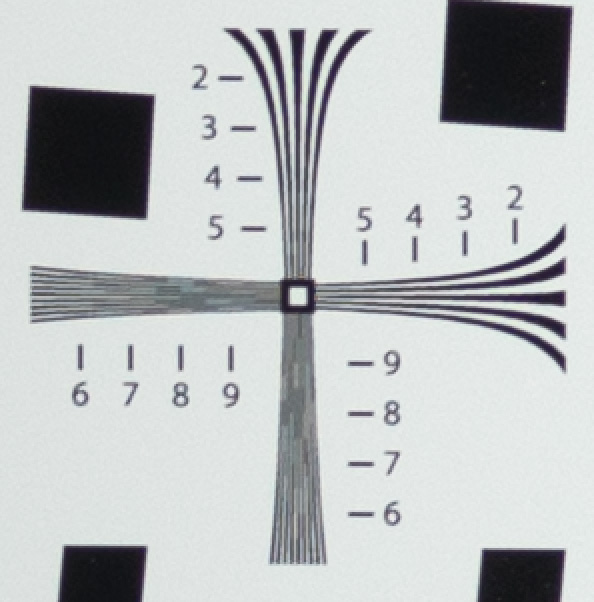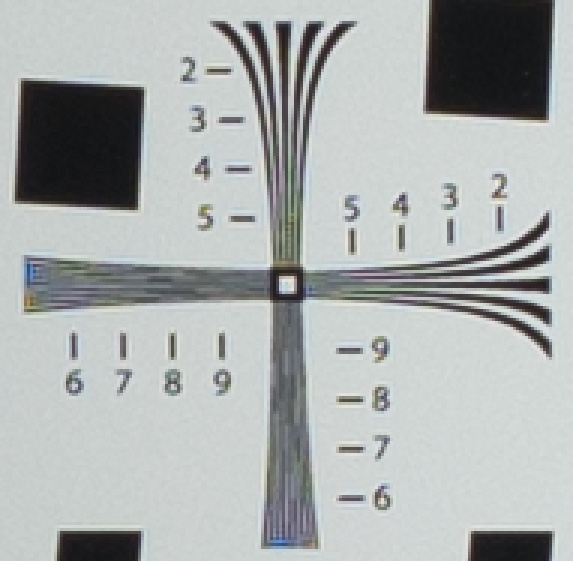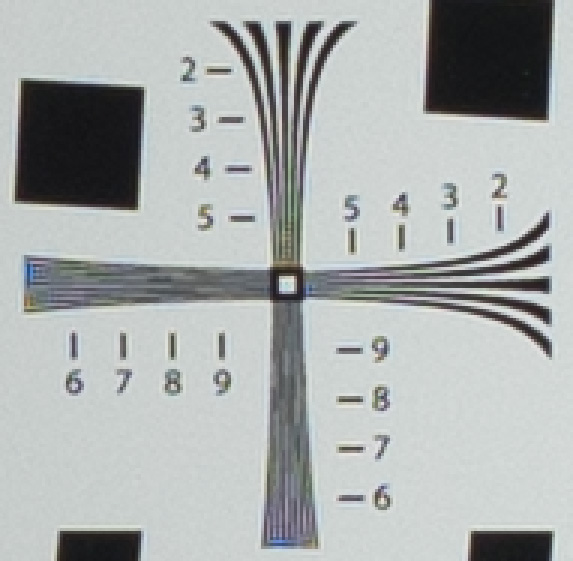Is an electronic flash fast enough to stop the a7R shutter slap motion? It depends:
All equipment the same as the last post unless noted. Camera shutter release mode: 2 second self-timer, shutter speed: 1/160 second, first curtain synch:
90mm Leica f/2 APO Summicron, f/5.6 with ND filter at minimum absorption, flash duration 1/8000 second (t.1):
90mm Leica f/2 APO Summicron, f/5.6 with ND filter at maximum absorption, flash duration 1/1350 second (t.1):
The image with the longer flash duration is slightly less sharp, even though the flash duration at the longer setting is only 740 microseconds! This still seems odd to me, but is entirely consistent with the differences we were seeing in Sunday’s post using continuous lighting and a focal place shutter speed of the same order, and indicates vibrational frequencies higher than usual for DSLRs.
It occurred to me that there’s a way to determine if some of the vibration that we’re seeing is the result of the second shutter curtain. First make an exposure at 1/160, so that the flash goes off before the second curtain is tripped:
And then make an image at 1/320, or about 3 milliseconds after the second curtain is tripped. This exposure is above the maximum synch speed, so that the top of the picture is dark:
They look virtually the same to me, as do the exposures at 1/200 and 1/250 second. There are some tiny variations in the horizontal line structures, but essentially nothing in the vertical lines, indicating tiny, tiny variations caused by the second curtain, but certainly nothing consequential. The whole experiment shows me that the high-frequency vibrations are essentially all caused by things that happen before the second curtain fires.
As usual, if you want to see the Photoshop files with the images in layers, please contact me.




Leave a Reply